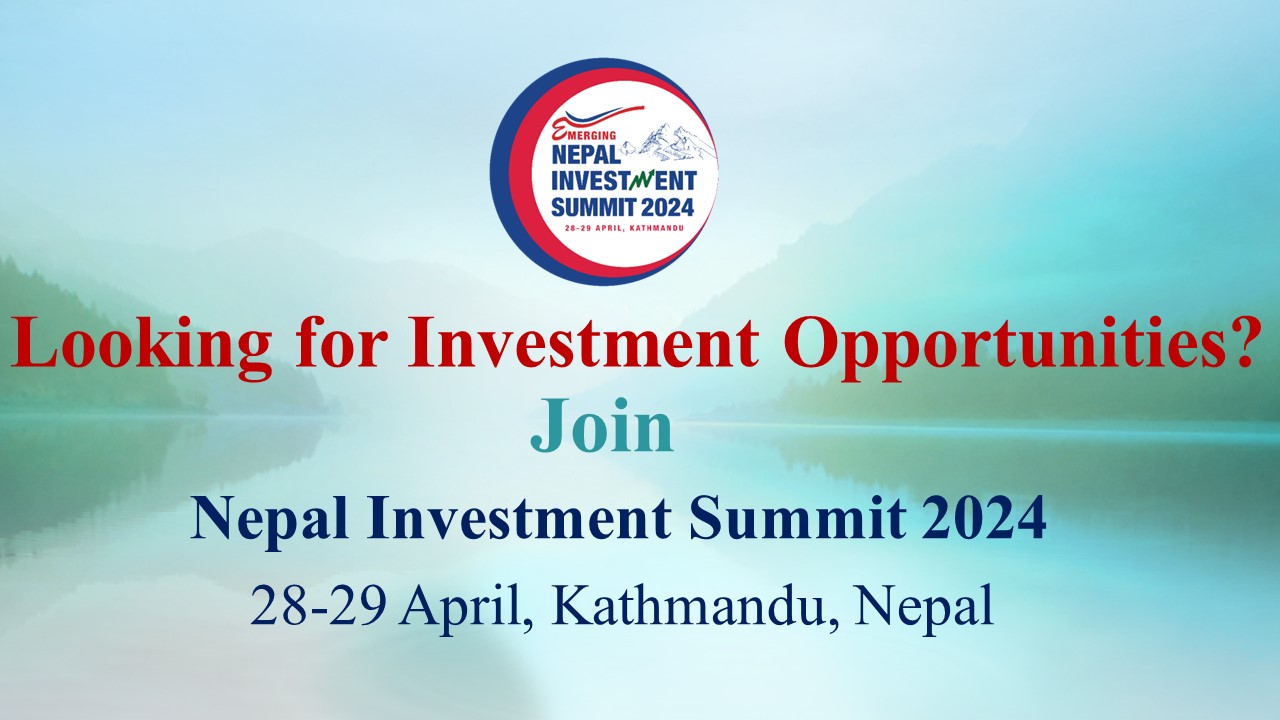Tourism is the largest industry in Nepal, and the largest Source of foreign exchange and revenue. Possessing 8 of the 10 highest mountains in the world, Nepal is a hotspot destination for mountaineers, rock climbers and people seeking adventures. The Hindu and Buddhist heritage of Nepal, and its cold weather are also strong attractions.
Overview
Nepal is the country where Mount Everest, the highest mountain peak in the world, is located. Mountaineering and other types of adventure tourism and ecotourism are important attractions for visitors. The world heritage site Lumbini, birthplace of Gautama Buddha, is located in southern Nepal, and there are other important religious pilgrimage sites throughout the country.
According to statistics of 2012, there is slow growth rate of 9.8%. The number of tourists had increased by 21.4 percent in 2011, which was Nepal Tourism Year (NTY). According to statistics from Nepal Tourism Board (NTB), a total of 598,204 foreign tourists entered the country via aerial route in 2012. The government of Nepal declared 2011 to be Nepal Tourism Year, and hoped to attract one million foreign tourists to the country during that year.The tourist industry is seen as a way to alleviate poverty and achieve greater social equity in the country. The government of Nepal has also declared Lumbini Tourism Year 2012 to promote Lumbini – the birthplace of Lord Buddha.
Statistics
In 2007, the number of international tourists visiting Nepal was 526,705, which was an increase of 37.2% compared to the previous year. In 2008, the number of tourists decreased by 5% to 500,277.
In 2008, 55.9% of the foreign visitors came from Asia (18.2% from India), while Western Europeans accounted for 27.5%, 7.6% were from North America, 3.2% from Australia and the Pacific Region, 2.6% from Eastern Europe, 1.5% from Central and South America, 0.3% from Africa and 1.4% from other countries.
Foreign tourists visiting Nepal in 2008 stayed in the country for an average of 11.78 days.
Wilderness tourism
According to Nepal’s Ministry of Tourism, major tourist activities include wilderness and adventure activities such as mountain biking, bungee jumping, rock climbing and mountain climbing, trekking, hiking,bird watching, flights, paragliding and hot air ballooning over the mountains of Himalaya, exploring the waterways by raft, kayak or canoe and jungle safaris especially in the Terai region.
Religious sites
The major religion in Nepal is Hinduism, and the Pashupatinath Temple, the world’s largest temple of Shiva which is located in Kathmandu, attracts many pilgrims and tourists. Other Hindu pilgrimage site include the temple complex in Swargadwari located in the Pyuthan district, lake Gosainkunda near Dhunche, the temples at Devghat, Manakamana temple in the Gorkha District, and Pathibhara near Phungling, Mahamrityunjaya Shivasan Nepal in Palpa District where biggest metallic idol of Lord Shiva is Located.
Buddhism is the largest minority religion. The World Heritage site Lumbini, which is traditionally considered to be the birthplace of Gautama Buddha, is an important pilgrimage site. Another prominent Buddhist site is Swayambhunath, the Monkey Temple, in Kathmandu.
Dang valley is also a sacred place for Hindus as well as other religions. Kalika and Malika Devi in Chhillikot hill, Ambekeshawori temple, Krishna temple, Dharapani temple etc. are sacred place in Dang district. Chillikot hill is also a good place for sightseeing and also a ancient palace of a king.
Muktinath is a sacred place for Hindus as well as Buddhists. The site is located in Muktinath Valley, Mustang district.
Useful Links:
http://www.tourism.gov.np/index.php

